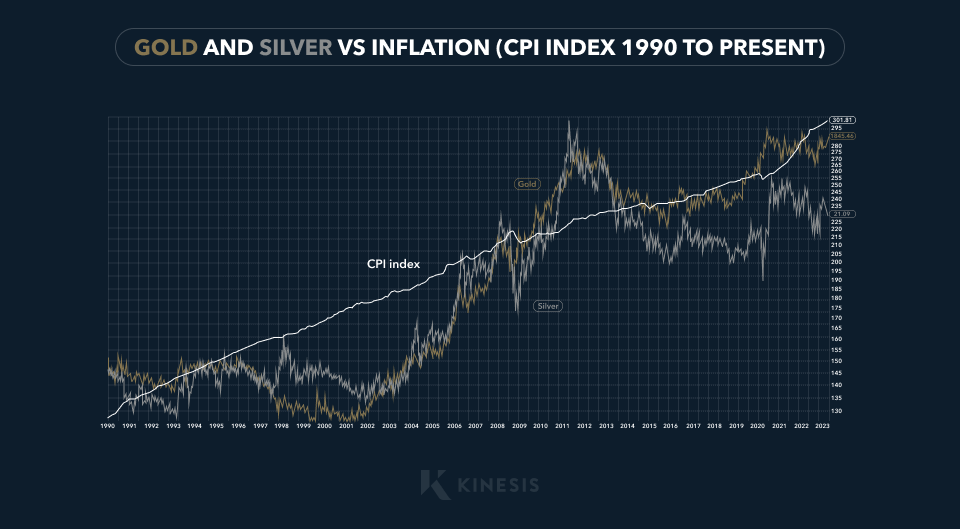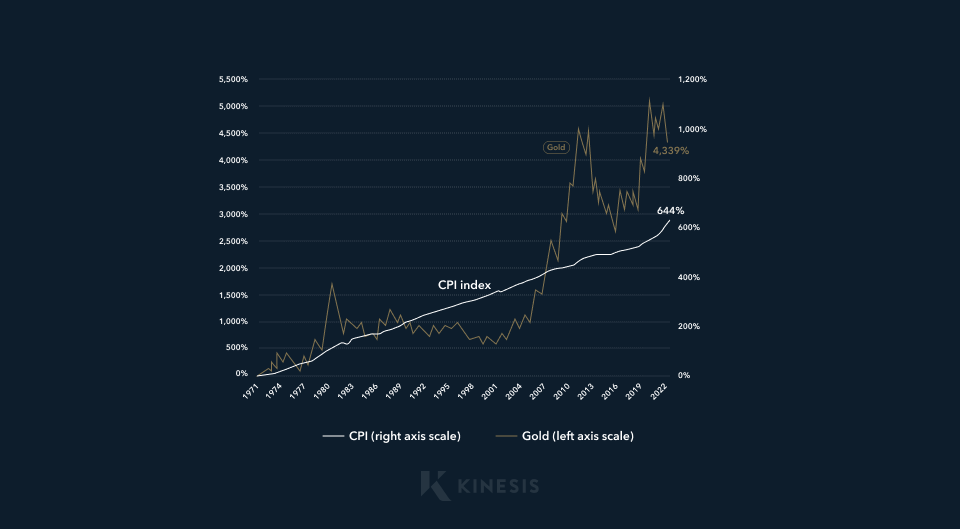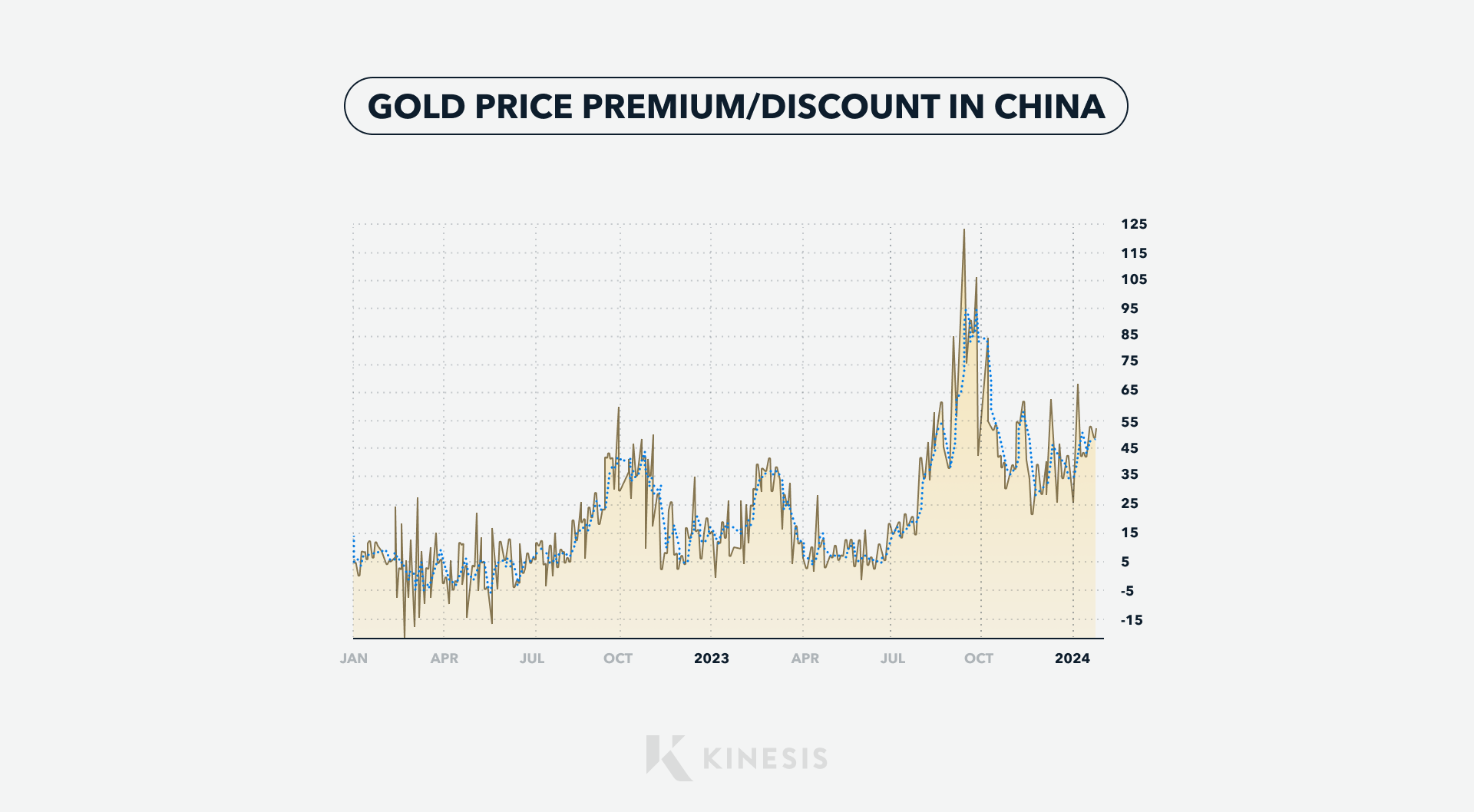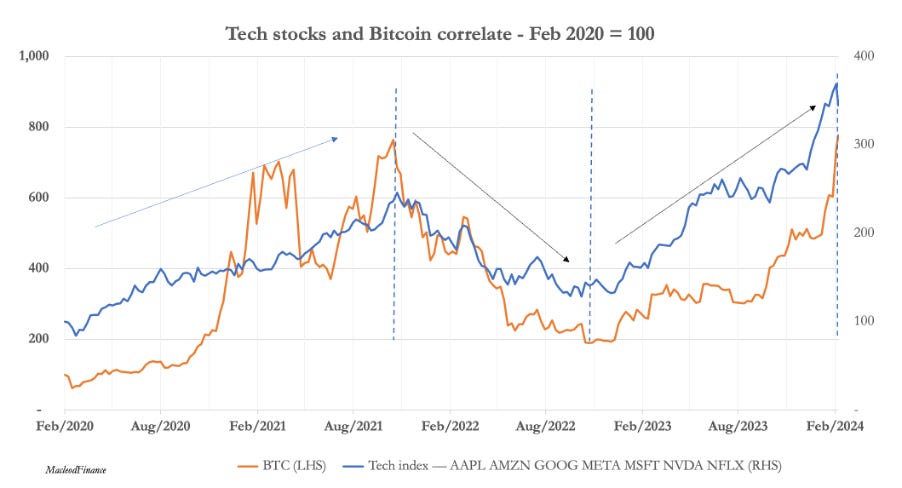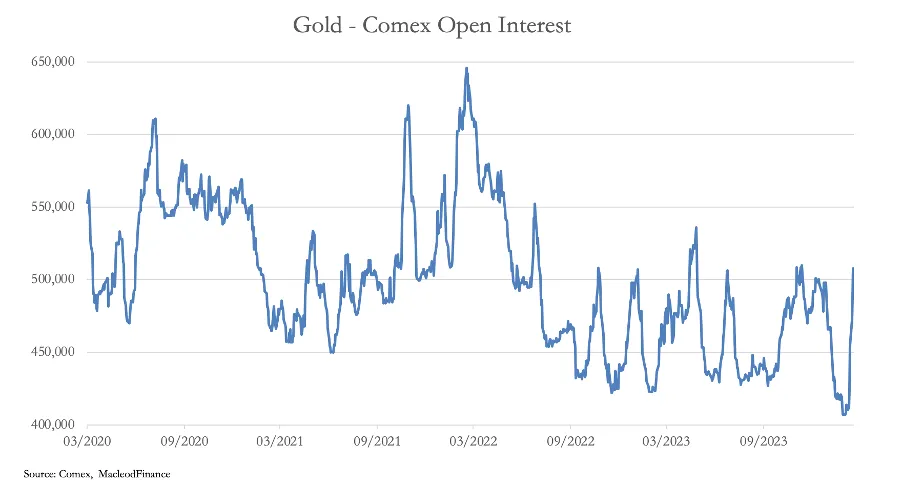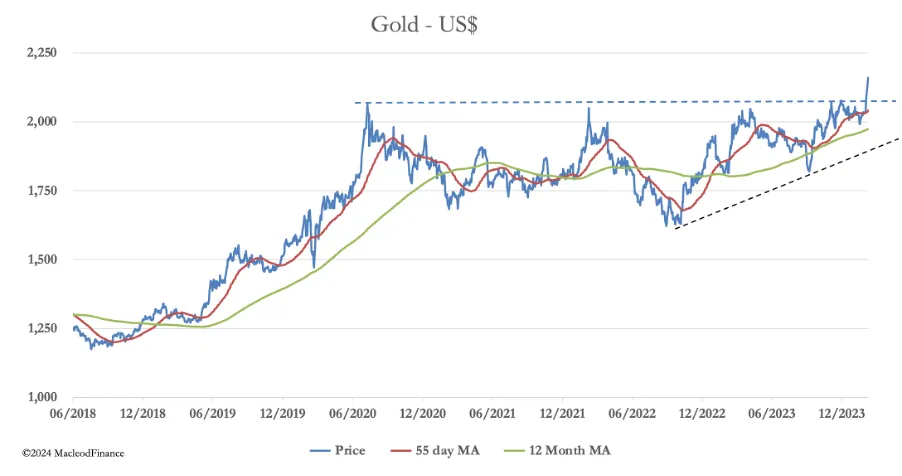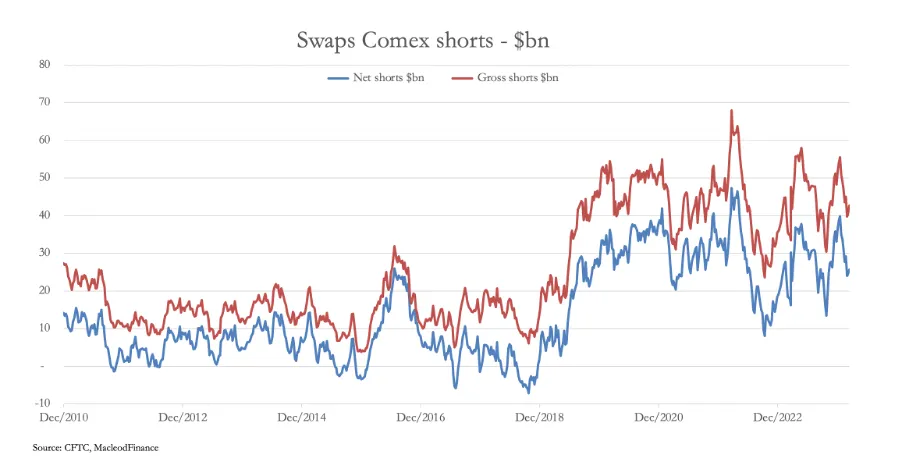The threat to currencies from banking failures
Feb 29, 2024
Alasdair Macleod
Because there is an apparent lull in the banking crisis, it has disappeared from the headlines. But that doesn’t mean it has gone away. A further deterioration in bank balance sheets will undoubtedly call into question the values of individual bank counterparty credit, entire banking systems, central banks, and currencies themselves. Let us remind ourselves of where we are in the bank lending cycle by looking at the relationship between bank equity capital and their balance sheets. The chart below shows the aggregate position for the entire US banking system.

It is as plain as a pikestaff that this ratio has been rising for as long as the Federal Deposit Insurance Corporation has been collecting these statistics — 34 years. The point about high balance sheet leverage is that it doesn’t take much in the way of loan losses to bankrupt a bank.
The chart tells us that the banks have responded to the trend for ever lower interest rates by increasing their balance sheet leverage to grow their profits at a time when credit margins became increasingly compressed. To describe the condition as a lending bubble is not an exaggeration, and we know that all bubbles burst eventually.
Unfortunately, the US banking system is the best of a bad bunch. The balance sheet leverage in the large international banks in the Eurozone and Japan is considerably higher, close to twenty times. Undoubtedly these excesses can be linked to the negative interest rate regimes imposed formerly by the ECB’s euro system and still by the Bank of Japan.



